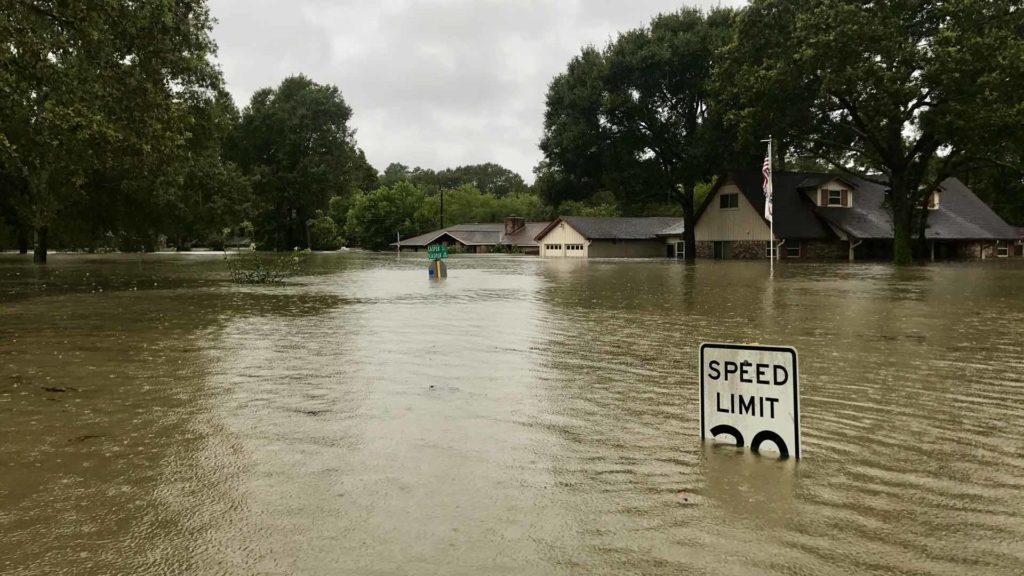Anyone who lives in South Florida will eventually experience flooding from heavy rains, storms, or worse, hurricanes. The vast amounts of rain that can be dumped in an area from a storm will simply over-take storm drains, drainage canals and retention ponds. The water will have no other place to go but to accumulate in yards, swales and low-lying areas of homes. What can you do if this happens to you?
If there are downed power lines, broken gas lines or severed water mains near your home that you are aware of, call 911 and report this immediately. If you smell any gas or noxious odors in your house, open the windows to let the fumes escape. Do not smoke or use candles unless the gas has been turned off and the area is free of all fumes. Use a flashlight. If pilot lights are out for gas stoves, water heaters or dryers, let the gas company re-light them. If the power is off, unplug appliances in order to avoid surges when the power is turned on.
When resetting circuit breakers, stand on something dry and non-conductive, use one hand and reset breaker with a dry wooden tool. Do not use appliances and motors that are wet unless they have been taken apart, cleaned and dried.
Do not walk through any flowing water. Drowning is the number one cause of flood deaths. Do not drive through flooded areas. There may be hidden debris and sewage contained in the puddles of water. Watch out for insects, snakes and other animals that are searching for high ground.
Do not drink tap water unless you are assured that it is safe. Make sure that the water is sterilized, either through boiling or through a mixture of 16 drops of bleach for every gallon of water. After the water recedes, you will begin to combat a growing mildew problem within your home. Painted surfaces such as wood trim and walls can be treated with a solution of three-quarters of a cup of bleach to one gallon of water. Scrub the solution on the surface. Rinse and let dry. Clothes can be treated by soaking them for 30 minutes in a solution of two tablespoons of chlorine bleach for every cup of water. Wet drapes should be taken down and spread out to dry as soon as possible. After they have dried, they can then be dry-cleaned. Area rugs can be taken outside to dry, but do not put them out in the sun or more damage may occur. Take water-stained rugs to a rug cleaner as soon as possible. For wall-to-wall carpeting, remove the padding as soon as possible as the pad acts as a sponge. Remove the carpet, dry and disinfect the floors. The carpet may or may not be able to be salvaged.
Furniture may be dried outside, but do not put in the sun. Remove all drawers and let them dry. A wood refinisher will need to be called to clean, treat and seal the water damage. Dry out all books by standing on end in an upright position with the pages spread open. Damaged artwork and other important papers should be saved in order to allow restoration professionals to try to salvage the items.
When flood damage has occurred contact your homeowners insurance agent immediately to determine whether the damage is covered with that policy. Generally, homeowners insurance will cover for rain damage that is a result of a faulty roof or broken window. If you have a flood insurance policy, that agent should be called as well, as that policy will cover the homeowner for rising waters and storm surges.
Useful websites for you and your association are the Florida Division of Emergency Management and the Palm Beach County Division of Emergency Management they are as follows: www.floridadisaster.org and www.co.palm-beach.fl.us/EOC/
